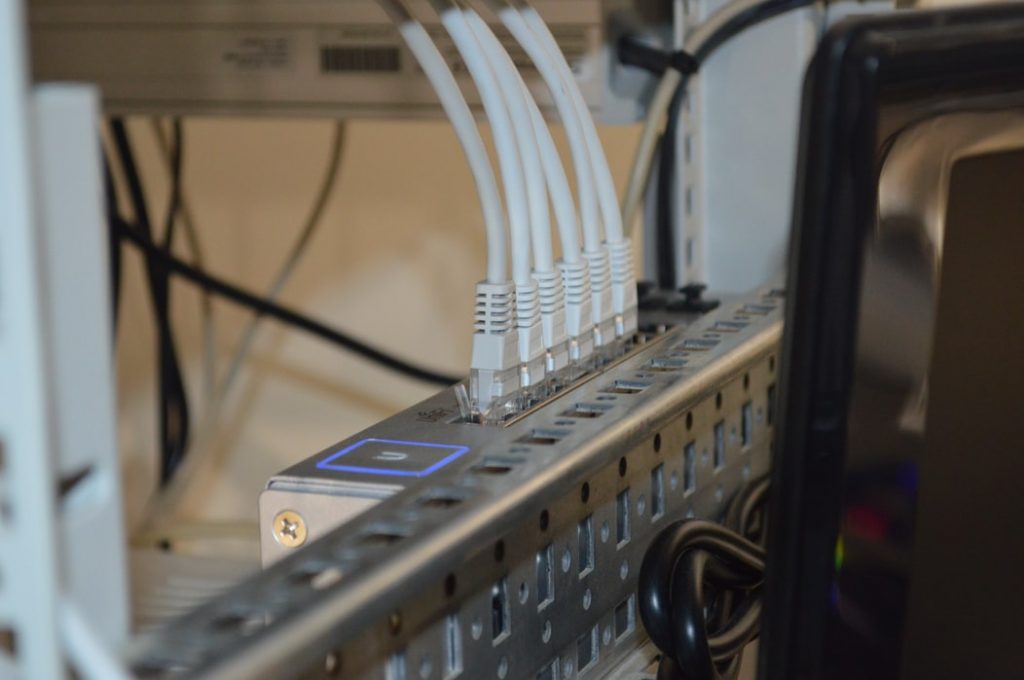What are the information security basics? Also, how can you protect your information?
Read on to learn more.
Introduction
Today, billions of people use the Internet. In fact, almost 4.66 billion were active users in October 2020.
Besides, computers are not the only device we can use. Even mobile and TV can connect to the Internet.
We can also use it regardless of what country we live in. And no matter what time of day, we can use it, too.
But, there are some risks with the Internet and information. It can get stolen, modified, or misused by other person.
Also, digital information is more vulnerable than printed. How?
Physical information can be locked in a file locker. But, digital information is stored in computer networks.
So, intruders do not need to enter an office. Also, no need to be from the same country.
With that, information security is more critical nowadays. But, what are the information security basics we should know?
Information Security Basics
There are three basic information security concepts. These are:
- Confidentiality
- Integrity
- Availability
Moreover, the basic meaning of information security is simple. It is the confidentiality, integrity, and availability of information.
The above definition is also called the CIA triad.
But, what do these three mean?
Confidentiality
Confidentiality means private, or secret. It may include private and sensitive information. Such as:
- bank account statements
- personal information
- credit card numbers
- government documents
- trade secret
Also, when someone not authorized accessed this, it will be a loss of confidentiality. So, how can you protect your information?
Let’s say you have a file on your computer. Confidentiality allows authorized users to view it. While it blocks unauthorized users from seeing it.
Additionally, there are protections you can do. So, you can maintain confidentiality. Some examples are:
- authentication process
- access control
- encryption of data
- staff training
Integrity
Integrity means keeping the quality of information. Also, it involves the consistency of networks, systems, and the data itself.
Moreover, it prevents tampering with information. It also keeps the data correct and reliable.
For example, banks should keep the correct account balances of clients. So, there should be no alteration involved.
It also requires protecting the information while transferred. So, a file is secure while sending it through email.
In addition, it protects stored information. It could be in physical storage like laptops or other storage devices. Or, the information in the cloud or data center.
Like confidentiality, there are protections to maintain integrity. It includes:
- intrusion detection
- encryption of files
- hashing for passwords
- digital certificates
- digital signatures
- authentication of data
- version control
- limited access
Availability
Availability keeps the functionality of information. So, an authorized user can access it whenever it is needed.
Also, it requires timely access. Plus, it involves the secure runtime of applications and systems.
How can you keep the information available? Here are some protections you can do.
- regular backup of data
- regular patching of software
- denial-of-service protection solutions
- updated systems
- disaster recovery plans for breaches
- hardware fault tolerance of storages
- redundancy of networks, servers

